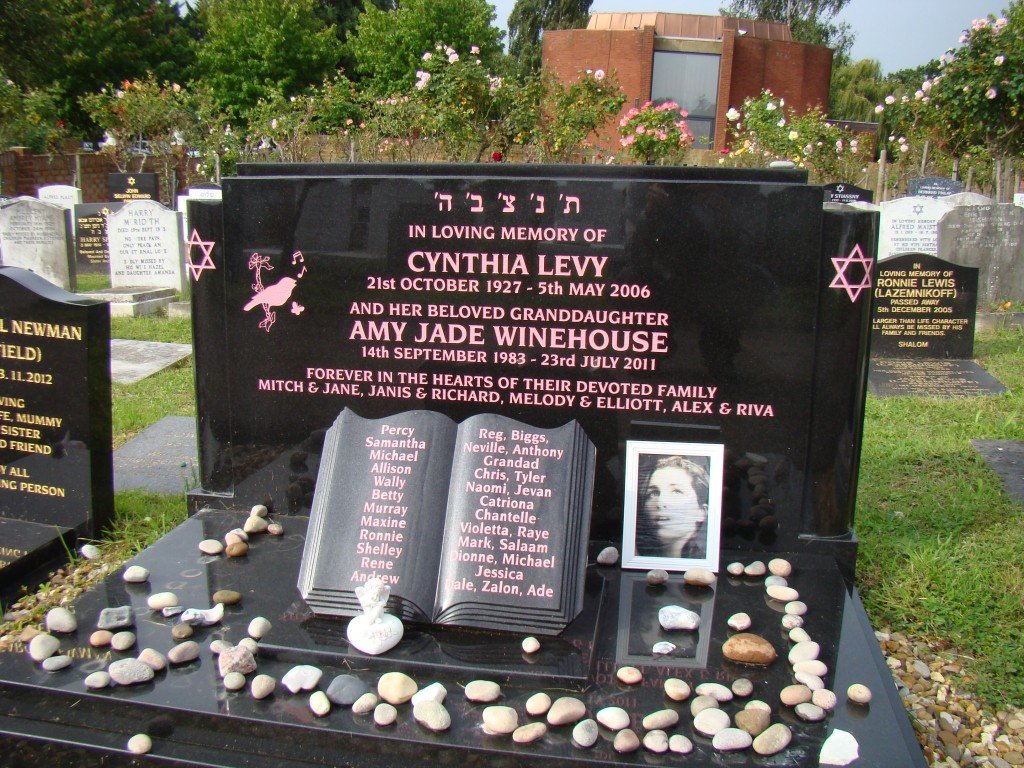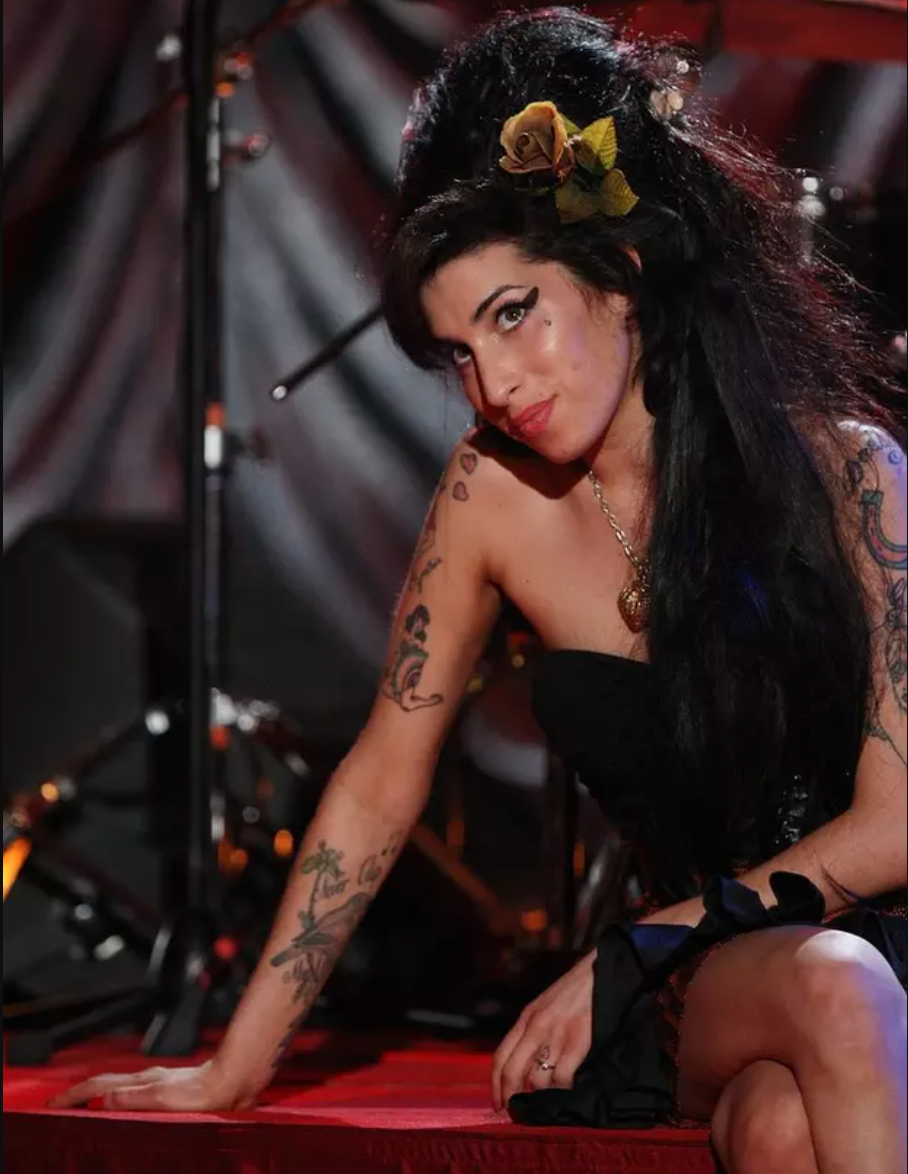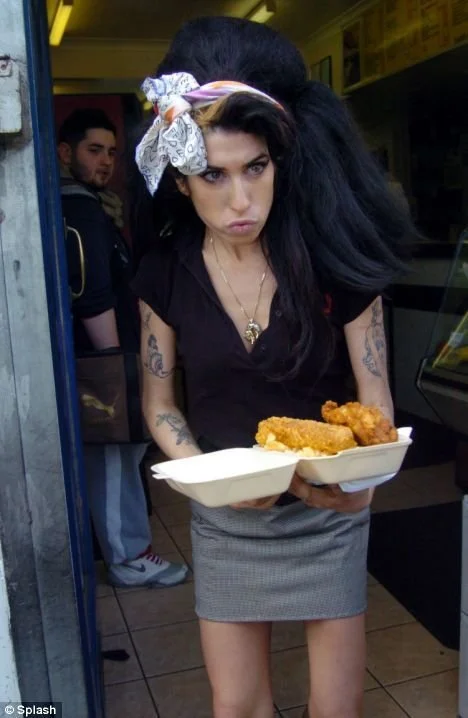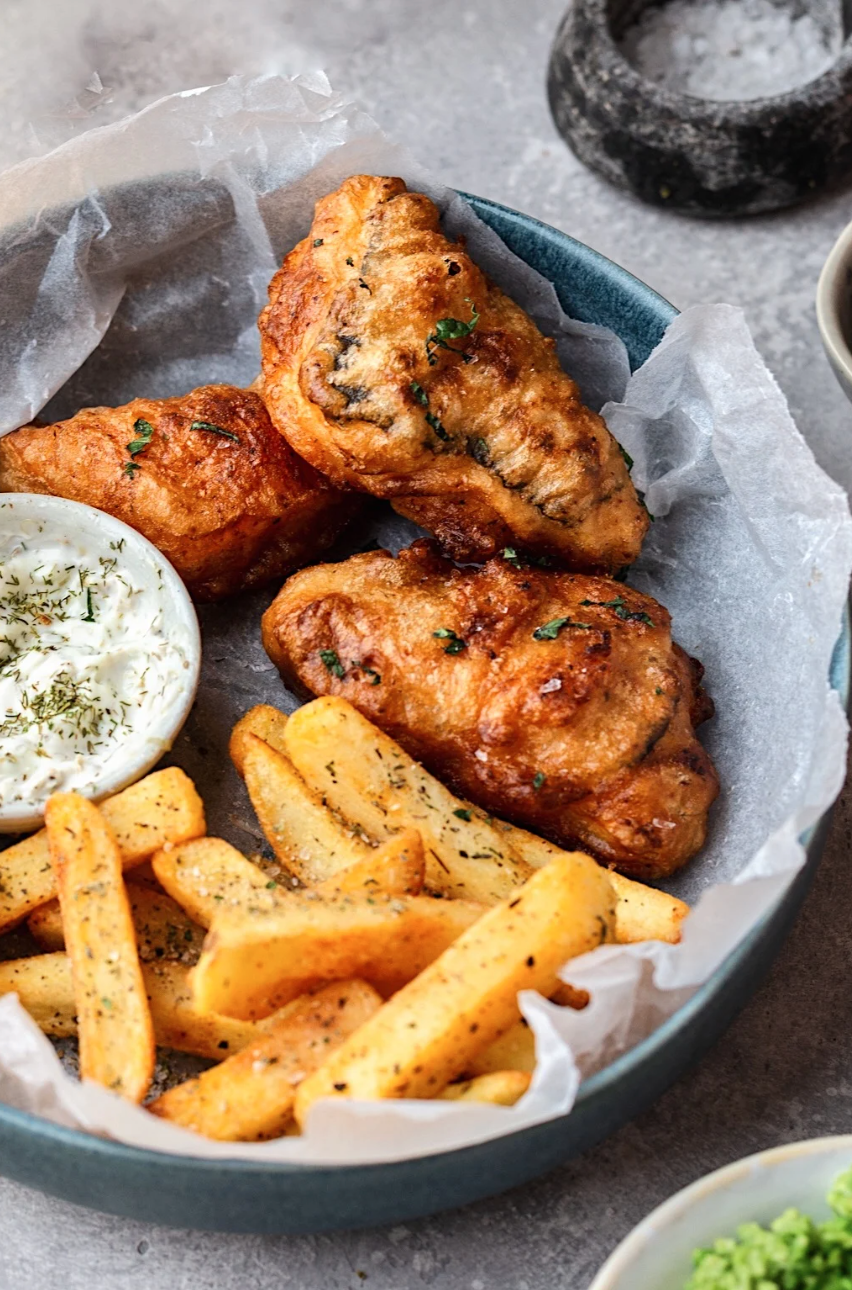Amy Jade Winehouse: September 14, 1983 – July 23, 2011
The Obituary: Amy Winehouse, British Soul Singer With a Troubled Life, Dies at 27
From the NY Times, “Amy Winehouse, the British singer who found worldwide fame with a sassy, hip-hop-inflected take on retro soul, yet became a tabloid fixture as her problems with drugs and alcohol led to a strikingly public career collapse, was found dead on Saturday in her apartment in London, the police said. She was 27.
The cause was not immediately known. The police said that they were investigating the circumstances of the death, but that “at this early stage it is being treated as unexplained.”
With a husky, tart voice and a style that drew equally from the sounds of Motown and the stark storytelling of rap, Ms. Winehouse became one of the most acclaimed young singers of the past decade, selling millions of albums, winning five Grammy Awards and starting a British retro-R&B trend that continues today.
Yet, almost from the moment she arrived on the international pop scene in early 2007, Ms. Winehouse appeared to flirt with self-destruction. She sang of an alcohol-soaked demimonde in songs like “Rehab” — whose refrain, “They tried to make me go to rehab/I said, ‘No, no, no,’ ” crystallized Ms. Winehouse’s persona — and before long it seemed to spill over into her personal life and fuel lurid headlines.
The interplay between Ms. Winehouse’s life and art made her one of the most fascinating figures in pop music since Kurt Cobain, whose demise in 1994 — also at age 27 — was preceded by drug abuse and a frustration with fame as something that could never be escaped. Yet in time, the notoriety from Ms. Winehouse’s various drug arrests, public meltdowns and ruined concerts overshadowed her talent as a musician, and her career never recovered.
On Saturday, as the news of Ms. Winehouse’s death spread, many musicians took to Twitter with deep sadness but no surprise. Lily Allen, who rose through the British pop scene shortly after Ms. Winehouse, called her “such a lost soul.” The singer Josh Groban wrote: “Drugs took her gift, her soul, her light, long before they took her life. RIP Amy.”
As much as her misfortunes eventually took on a sense of predictability, when Ms. Winehouse arrived with her breakthrough second album “Back to Black,” which was released in Britain in late 2006 and in the United States the next year, she was a fresh voice with a novel take on pop history. She spoke of her love for Frank Sinatra, Thelonious Monk and Motown, as well as Nas, the hard-core New York rapper with a sharp eye for narrative detail.
Her greatest love, however, was the 1960s girl groups, something that was evident from the instantly recognizable beehive hairdo and Cleopatra makeup that she borrowed from the Ronettes. In an interview with The Los Angeles Times in 2007, Ms. Winehouse explained how a breakup had inspired the songs on “Back to Black,” and described her state of mind in terms of music and alcohol.
“I didn’t want to just wake up drinking, and crying, and listening to Shangri-Las, and go to sleep, and wake up drinking, and listening to the Shangri-Las,” she said. “So I turned it into songs, and that’s how I got through it.”
Amy Jade Winehouse was born in Southgate, London, on Sept. 14, 1983. Her mother, Janis, was a pharmacist, and her father, Mitch, was a cab driver who nursed a love for music. They both survive her, along with a brother, Alex.
Ms. Winehouse showed an early talent for performing, as well as an eclecticism that would characterize her later work. She loved her father’s Sinatra records, but she also liked hip-hop; at age 10 she and a friend formed a rap group called Sweet ’n’ Sour that Ms. Winehouse later described as “the little white Jewish Salt-N-Pepa.” (Ms. Winehouse was the “sour” half.)
She attended the Sylvia Young Theater School in London and later went to the BRIT School for Performing Arts and Technology, a free performing arts school there that counts several other recent female pop stars among its alumnae, including Ms. Allen and Adele, another young singer who is sometimes seen as picking up the neo-soul mantle from Ms. Winehouse.
In 2003, at age 19, Ms. Winehouse released her first album, “Frank.” Influenced by jazz, it established her as a rising star in Britain. But “Back to Black,” recorded with the producers Mark Ronson and Salaam Remi, and the Brooklyn retro-soul band the Dap-Kings, made her an international sensation. With thick horns and club-ready hip-hop beats, the album was a darkly stylish update of classic 1960s R&B, and it was adored by critics and the public alike.
According to Nielsen SoundScan, which tracks music sales, Ms. Winehouse has sold 2.7 million albums and 3.4 million tracks in the United States.
Yet, while “Rehab” was still climbing the charts, Ms. Winehouse made headlines for drug binges and arrests that left her hospitalized and forced her to cancel concert dates.
In October 2007, Ms. Winehouse and her husband at the time, Blake Fielder-Civil, were arrested in Norway on charges of marijuana possession. A month later, Mr. Fielder-Civil was arrested and accused of perverting the course of justice by trying to bribe the victim in a bar fight not to testify against him. (Ms. Winehouse and Mr. Fielder-Civil divorced in 2009.)
Perhaps the peak of Ms. Winehouse’s career was the 2008 Grammy Awards. She was nominated for six prizes and took home five, including Best New Artist. Yet even days before the show, her appearance there was uncertain because of visa problems. In the end, she performed by satellite from London.
Although Ms. Winehouse has not made an album since “Back to Black,” she tried to revive her career several times. In a recent interview with The New York Times, Ms. Winehouse’s father, who released a jazz album this year, said she had been in good health lately. (Mr. Winehouse was scheduled to perform at the Blue Note jazz club in New York on Monday, but canceled after learning of his daughter’s death.)
Yet Ms. Winehouse’s most recent comeback attempt faltered badly. Last month, she canceled a European tour after a performance in Belgrade on the first night, during which she appeared to be too intoxicated to perform properly.
The Thoughts:
Her brother Alex is quoted in an LA Times article saying, “What really killed her was the bulimia. They’d put loads of rich sauces on their food, scarf it down and throw it up. They stopped doing it, but Amy never really did… We all knew she was doing it, but it’s almost impossible [to tackle] especially if you’re not talking about it. It’s a real dark, dark issue...She suffered from bulimia very badly. That’s not, like, a revelation -- you knew just by looking at her… She would have died eventually, the way she was going, but what really killed her was the bulimia… Absolutely terrible...I think that it left her weaker and more susceptible. Had she not had an eating disorder, she would have been physically stronger.”
What's astonishing is that the article finishes with this, "Thoughts? Share them in comments. Should Alex Winehouse’s words be taken literally?"
Every funeral director knows that our Death Certificates have an A, B, C line for the cause of death and contributing factors and it's because like life, death is complicated and there are many contributing factors to what leads up to our death. The way we discuss and shun eating disorders is completely heartbreaking and there is never a day that goes by that I don't think about all the ways we failed this woman.
Mortician in the Kitchen in a way is my own secret fight with eating. Cooking ALL the pasta. Baking a cake and unapologetically eating it all. This is my middle finger to body standards. Making beer is taking back space that women were kicked out of because it was deemed inappropriate for ladies to mix with alcohol lest we lead men astray. Amy represents all that to me as well. She was a middle finger to society and its standards, but we are all different and can only carry so much, which is why having a good support system is so SO important. Her support system failed her, but I hope in some small way I can be a voice on the other end of your phone that says I support you and I am here for you in whatever capacity I can be.
The Recipe: Beer Battered Fish n’ Chips
Tofish
240g plain flour (or gf)
2 tsp baking powder
1.5 tsp smoked paprika
2 tsp garlic powder
1 tsp onion powder
1 tsp salt
Black pepper
480ml beer
500g extra firm tofu
4 nori sheets
Chips
4 large baking potatoes
Oil
Salt
Pepper
Mushy peas
450g/3 cups frozen peas
Fresh mint
4 tbsp vegan butter
Tartare Sauce
1 cup vegan mayo
1 shallot
2 tbsp capers
1/2 lemon
1 tbsp fresh dill, chopped
Instructions
Preheat oven to 200C/400F.
Cut potatoes into chip shapes, you can keep the skins on or peel them. Make sure they are roughly the same size.
Place onto a large roasting tin and coat generously with oil, salt and pepper. Mix well and then place in the oven for 35 mins. Check regularly and toss to make sure they don't stick to the pan. They should be crispy on the outside and soft through.
Make the batter by whisking the flour, baking powder, garlic, onion, paprika, beer, salt and pepper. Set aside.
Heat around 2 cups vegetable oil in a saucepan on medium heat. Drain any excess water from the tofu.
Make the mushy peas. Boil the peas with some fresh mint until cooked, drain and blitz with a hand blender with vegan butter. Season with salt and pepper and leave on a low heat.
Make the tartare sauce. Roughly chop the capers and mix all the ingredients together in a bowl. Taste and season with salt and pepper.
Cut the tofu into 12 triangular shapes. Cut or rip nori into sizes the same size as the tofu and place on top of each tofu chunk. Squeeze a bit of lemon juice on top to help it stick.
Check the oil is hot enough by placing the top of a wooden spoon in. If bubbles appear around it then it’s hot enough.
Place each bit of tofish into the batter until fully covered. Carefully place into the oil and let cook for a couple of minutes until golden brown. You may need to flip it over half way.
Serve with chips, minty mushy peas and vegan tartare sauce!
Sources:
Beer Battered Tofish and Chips, Cupful of Kale
